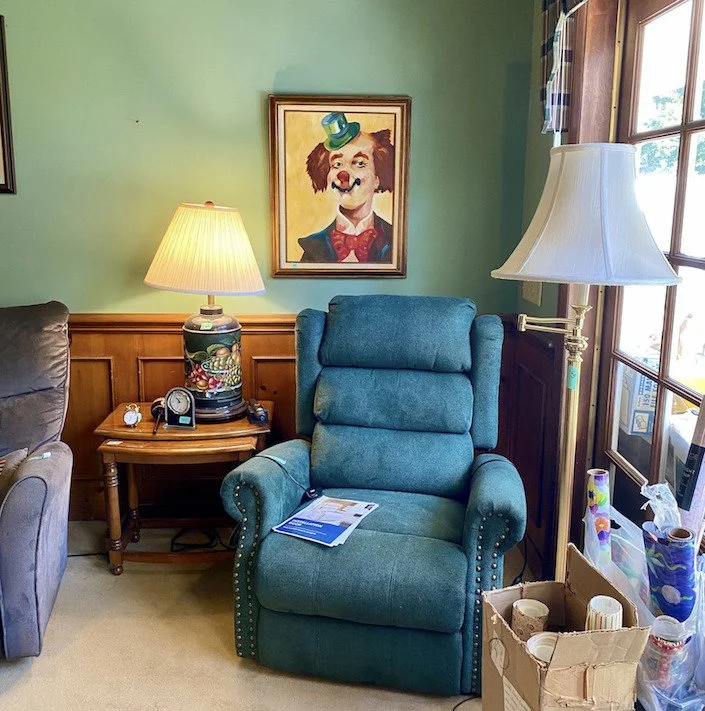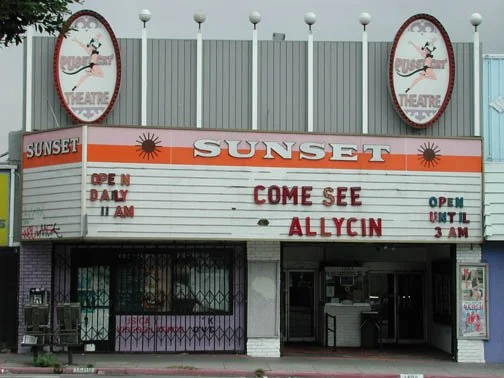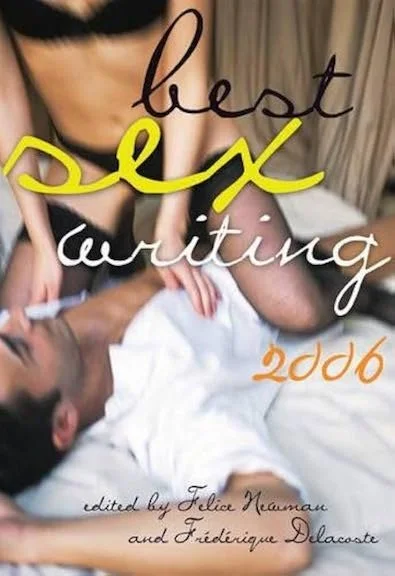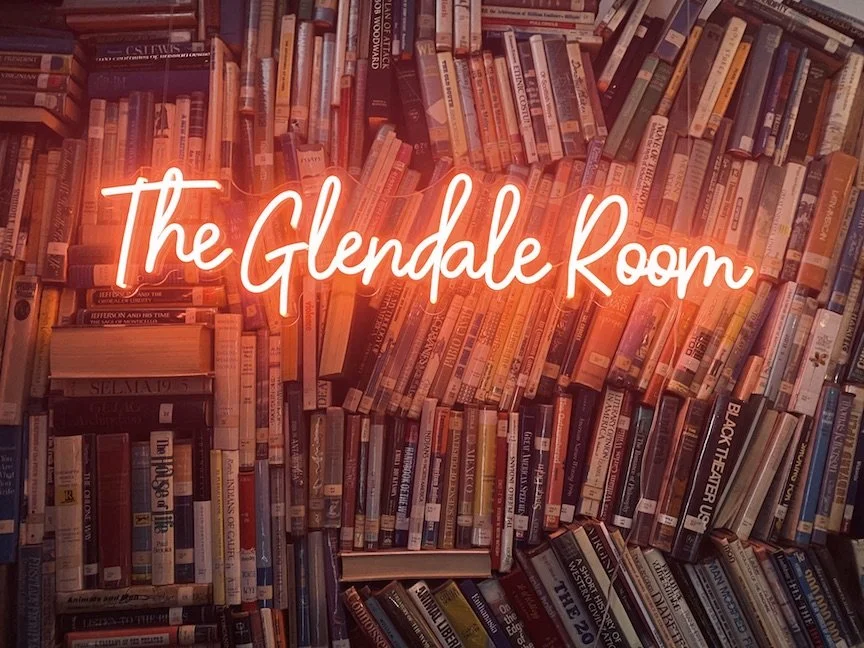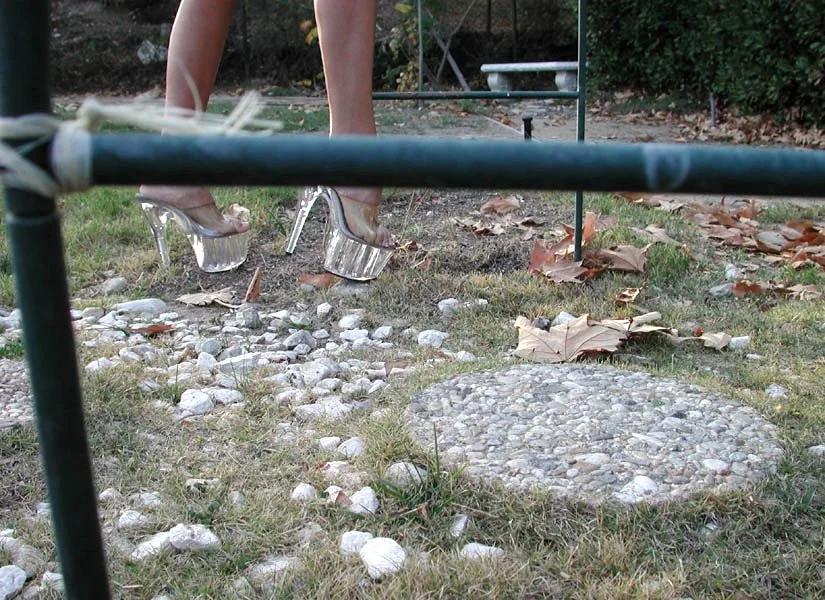The 1,000,000 Views Photo
“I’ve posted photos I’ve taken on adult movie sets before, but this one seemed to appeal to people for reasons that were not entirely clear to me.” Read and subscribe to my newsletter: The Reverse Cowgirl.
About | Consulting I My Book I X I Instagram I LinkedIn I Email




